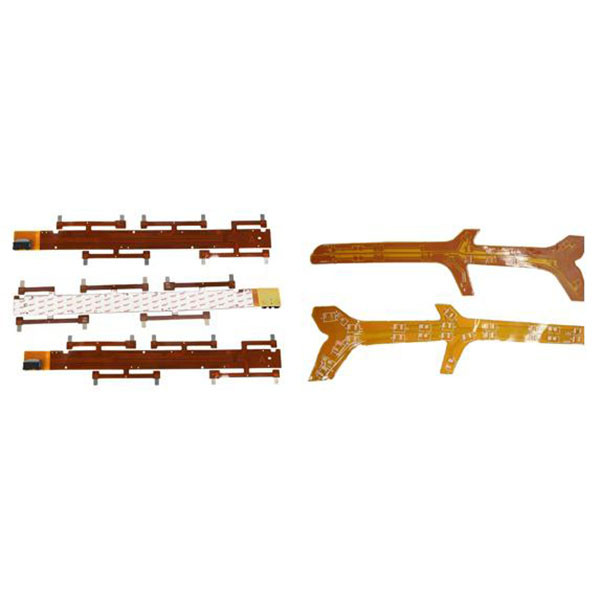Exploring Single-Sided Flexible PCBs: Innovation in Compact Electronics
2025-06-12
In today’s rapidly evolving electronics industry, the demand for compact, lightweight, and reliable circuit solutions is higher than ever. One technology that stands out in meeting these needs is the Single-Sided Flexible Printed Circuit Board (PCB). Known for its flexibility and efficiency, this type of PCB is transforming how electronic devices are designed and manufactured.

What Is a Single-Sided Flexible PCB?
A single-sided flexible PCB consists of a single layer of conductive copper traces bonded onto a flexible substrate, typically made from materials like polyimide or polyester. Unlike traditional rigid PCBs, flexible PCBs can bend, twist, and fold, enabling their use in innovative applications where space and weight are critical.
Key Features of Single-Sided Flexible PCBs
Flexibility: Allows bending and shaping without damaging the circuits, perfect for compact or moving parts.
Lightweight and Thin: Reduces the overall weight and size of electronic devices.
Cost-Effective: Easier to manufacture compared to multi-layer flexible boards, suitable for simpler circuit designs.
Durability: Resistant to vibration and mechanical stress, making them ideal for dynamic environments.
Easy Assembly: Simplifies connections in tight spaces, reducing wiring complexity.
Common Applications
Single-sided flexible PCBs are widely used across various industries, including:
Consumer Electronics: Wearables, smartphones, and cameras benefit from their compact form factor.
Medical Devices: Flexible sensors and portable diagnostic tools rely on these PCBs for reliable performance.
Automotive: Dashboard electronics, lighting, and sensor systems use flexible circuits to fit complex designs.
Industrial Equipment: Flexible PCBs enable durable and space-saving electronic assemblies in machinery.
Advantages Over Traditional PCBs
Design Freedom: Flexible PCBs can be shaped to fit unique product geometries, enabling innovative device designs.
Improved Reliability: Fewer connectors and solder joints reduce potential failure points.
Weight and Space Savings: Critical for portable and wearable electronics.
Simplified Assembly: Flex circuits can replace bulky wiring harnesses, streamlining production.
Challenges to Consider
Limited Layer Count: Single-sided designs offer less circuit density compared to multi-layer PCBs.
Handling Care: Although flexible, the boards require careful handling to avoid damage during assembly.
Cost of Materials: Flexible substrates can be more expensive than rigid alternatives.
Future Trends
The trend toward miniaturization and wearable technology continues to drive demand for flexible PCBs. Advances in materials and manufacturing processes promise even more durable, thinner, and cost-effective flexible circuits, expanding their applications further.
Conclusion
Single-sided flexible PCBs offer a compelling solution for modern electronics demanding flexibility, lightweight design, and reliability. By understanding their features and applications, engineers and designers can leverage these circuits to create innovative products that meet today’s technological challenges.


